Optimal Timing for Foundation Repairs
Foundation repairs are most effective when performed during specific times of the year, depending on weather conditions and soil stability. Optimal periods typically include dry seasons when ground moisture levels are stable, reducing the risk of further shifting or settling. Scheduling repairs during these times can help ensure the longevity and stability of the foundation.
This period offers favorable weather conditions with moderate temperatures and less moisture fluctuation, making it suitable for foundation work.
After the hot, dry months, soil tends to be stable, providing an ideal environment for foundation repairs.
Cold temperatures and potential frost can hinder repair work and affect soil movement, making winter less suitable for foundation repairs.
Timing repairs when soil moisture is consistent prevents further shifting due to expansion or contraction.
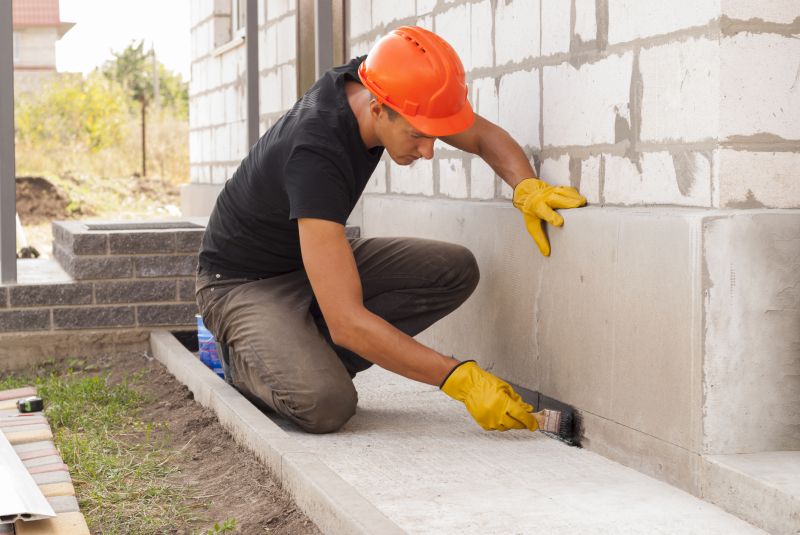
Dry weather reduces soil movement, ensuring stable conditions for repairs.

Proper timing enhances the effectiveness of soil stabilization during repairs.
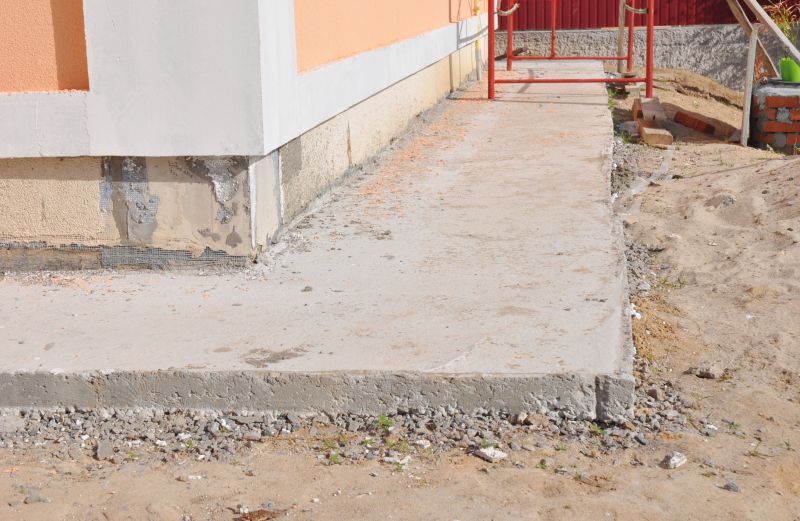
Planning repairs during optimal weather prevents delays and complications.

Ways to make Foundation Repairs work in tight or awkward layouts.

Popular materials for Foundation Repairs and why they hold up over time.

Simple add-ons that improve Foundation Repairs without blowing the budget.
Foundation repairs play a crucial role in maintaining the structural integrity of a building. They address issues such as settling, cracking, and shifting caused by soil movement, water intrusion, or age-related wear. Properly executed repairs can extend the lifespan of a property and prevent more costly damages in the future. Understanding the best timing for these repairs ensures that they are performed under conditions that maximize their effectiveness and durability.
| Season | Ideal Conditions |
|---|---|
| Spring | Moderate temperatures, soil moisture stabilizing |
| Early Summer | Dry, warm weather, minimal rainfall |
| Late Summer | Post-heat, soil tends to be stable |
| Early Fall | Cooler temperatures, stable soil moisture |
| Winter | Cold, frost, and frozen ground—generally not suitable |

Scheduling during optimal weather conditions improves repair outcomes.
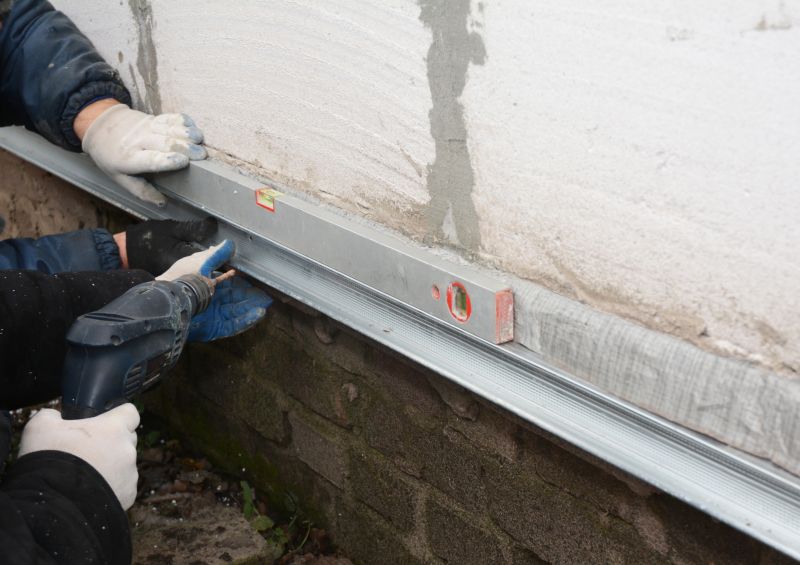
Timing repairs when soil moisture is consistent reduces shifting.

Effective during periods of soil stability and low moisture fluctuation.
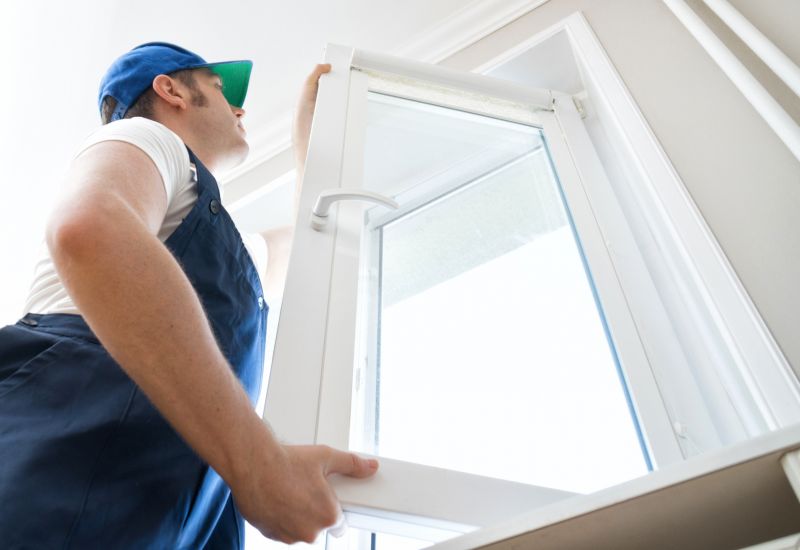
Choosing the right season enhances repair durability.
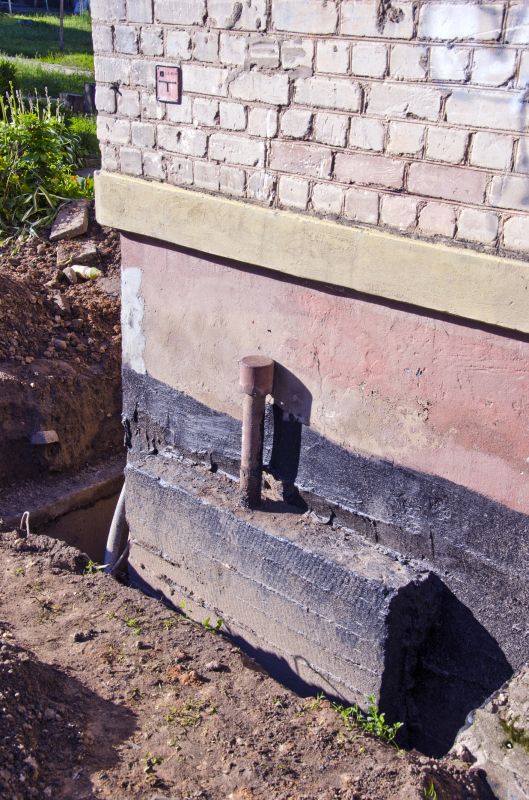
High-end options that actually feel worth it for Foundation Repairs.
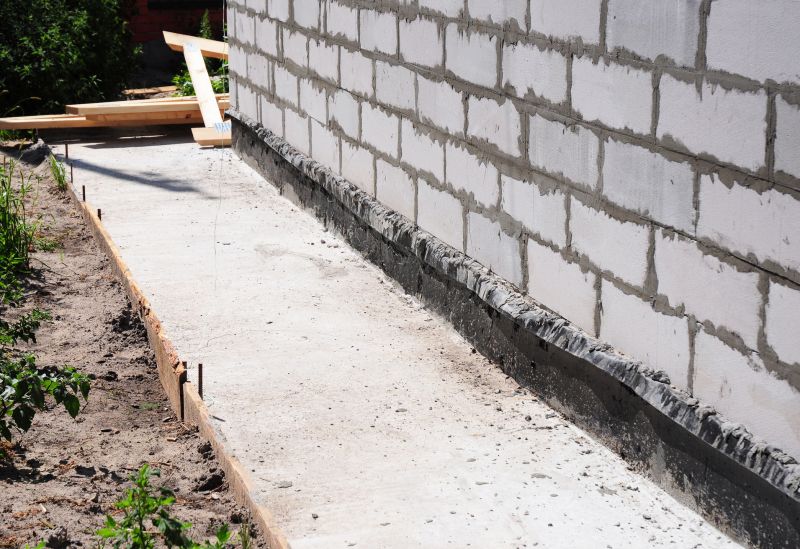
Finishes and colors that play nicely with Foundation Repairs.
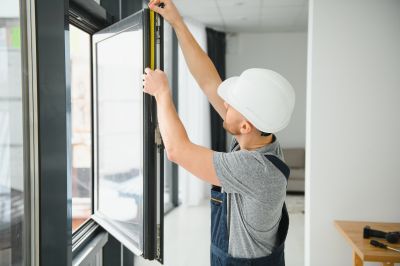
Little measurements that prevent headaches on Foundation Repairs day.
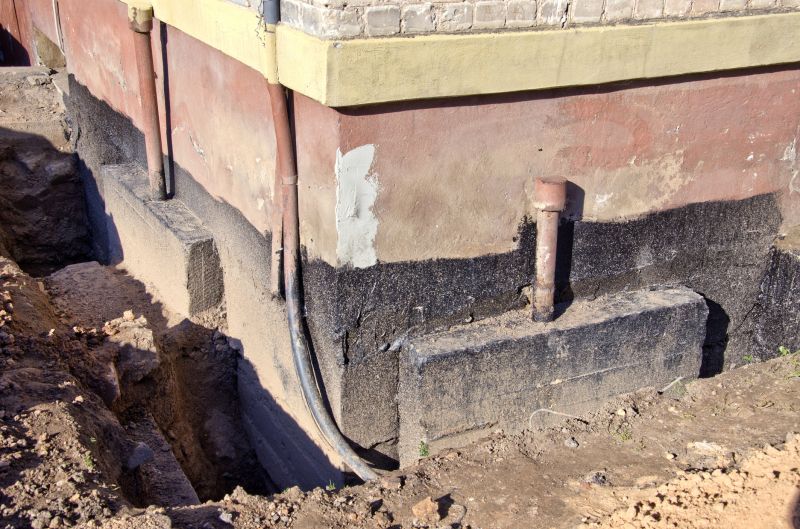
A 60-second routine that keeps Foundation Repairs looking new.
Understanding the timing for foundation repairs is essential for achieving long-lasting results. Proper scheduling minimizes the risk of further foundation movement and ensures that repair methods are most effective. Consulting with foundation specialists can help determine the best time to undertake repairs based on local climate and soil conditions.
Interested in foundation repairs? Filling out the contact form can provide additional guidance on scheduling and options suitable for specific property conditions in Athens, AL.



